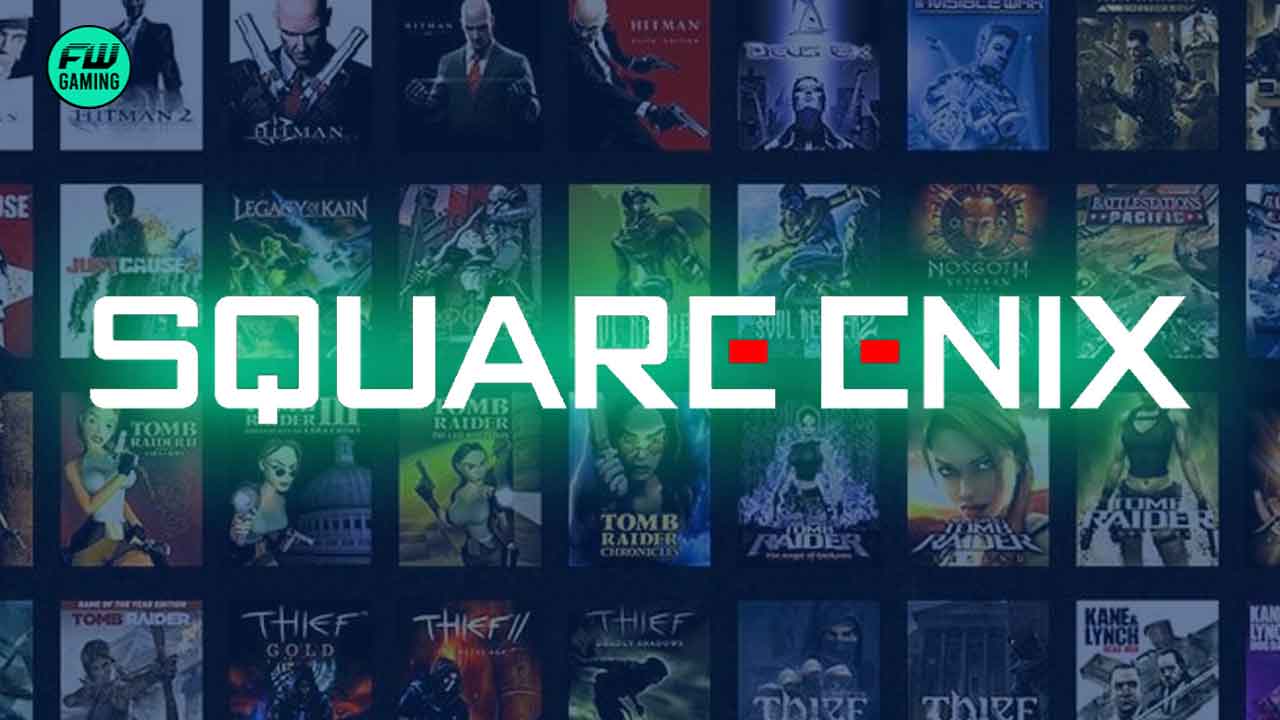

Blizzard Entertainment and Square Enix, two major players in the gaming industry, have recently made significant announcements that aim to revitalize their image and boost sales.
Blizzard Entertainment, known for popular games like World of Warcraft and Overwatch, has posted job listings for high-level positions in an unannounced game. The positions include Creative Director, Senior Art Director, Combat AI Design Director, Senior FX Artist, and Narrative Director. While the specific details and genre of the game have not been disclosed, the job postings mention multi-season storylines, abstract magical and technological effects, and AI combat systems. This move by Blizzard comes as the company faces challenges related to workplace culture controversies and allegations of harassment and discrimination. The announcement of a new game and the hiring of high-level positions could be seen as a positive step towards rebuilding trust and revitalizing the company's image [aeb65eb5].
Meanwhile, Square Enix, a renowned game developer and publisher, has implemented a radical appointment strategy by confirming six new directors for different branches of the studio. This strategy is part of Square Enix's plan to pursue a more aggressive multiplatform approach to increase sales. The company has decided to no longer release exclusive titles on PlayStation, such as the popular Final Fantasy series, as it is no longer profitable. The financial report of Square Enix revealed that Final Fantasy did not meet the expected sales, leading to a reevaluation of the project's future. The new directors, including Yoshinori Kitase, Naoki Yoshida, Yosuke Saito, Katsuyoshi Matsuura, Yu Miyake, and Tsuneto Okuno, have not been assigned specific roles yet. This decision has raised concerns among fans about the potential loss of their favorite upcoming games. However, Square Enix aims to increase the number of platforms available for players in order to boost sales [c5f1a7ee].
Both Blizzard Entertainment and Square Enix are taking strategic steps to address their respective challenges and improve their standing in the gaming industry. These moves demonstrate their commitment to adapting to changing market trends and meeting the expectations of their fan base. It will be interesting to see how these decisions shape the future of both companies and the games they produce.